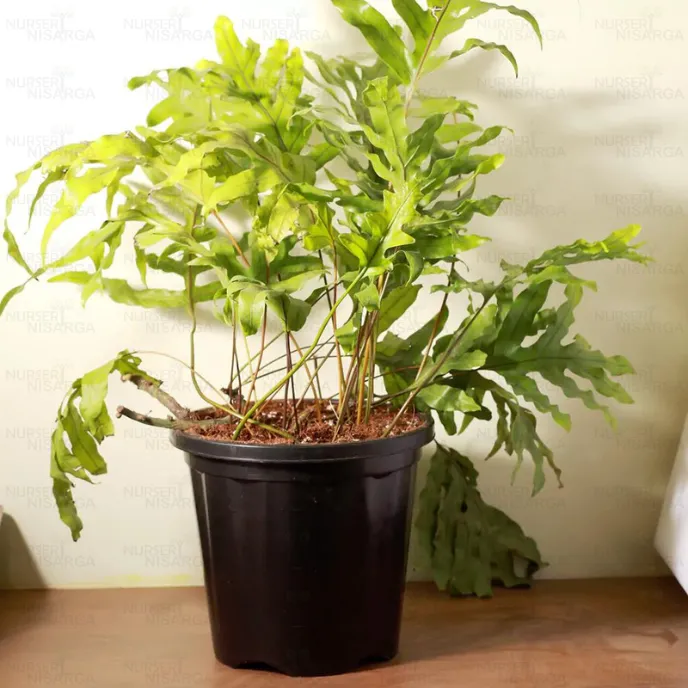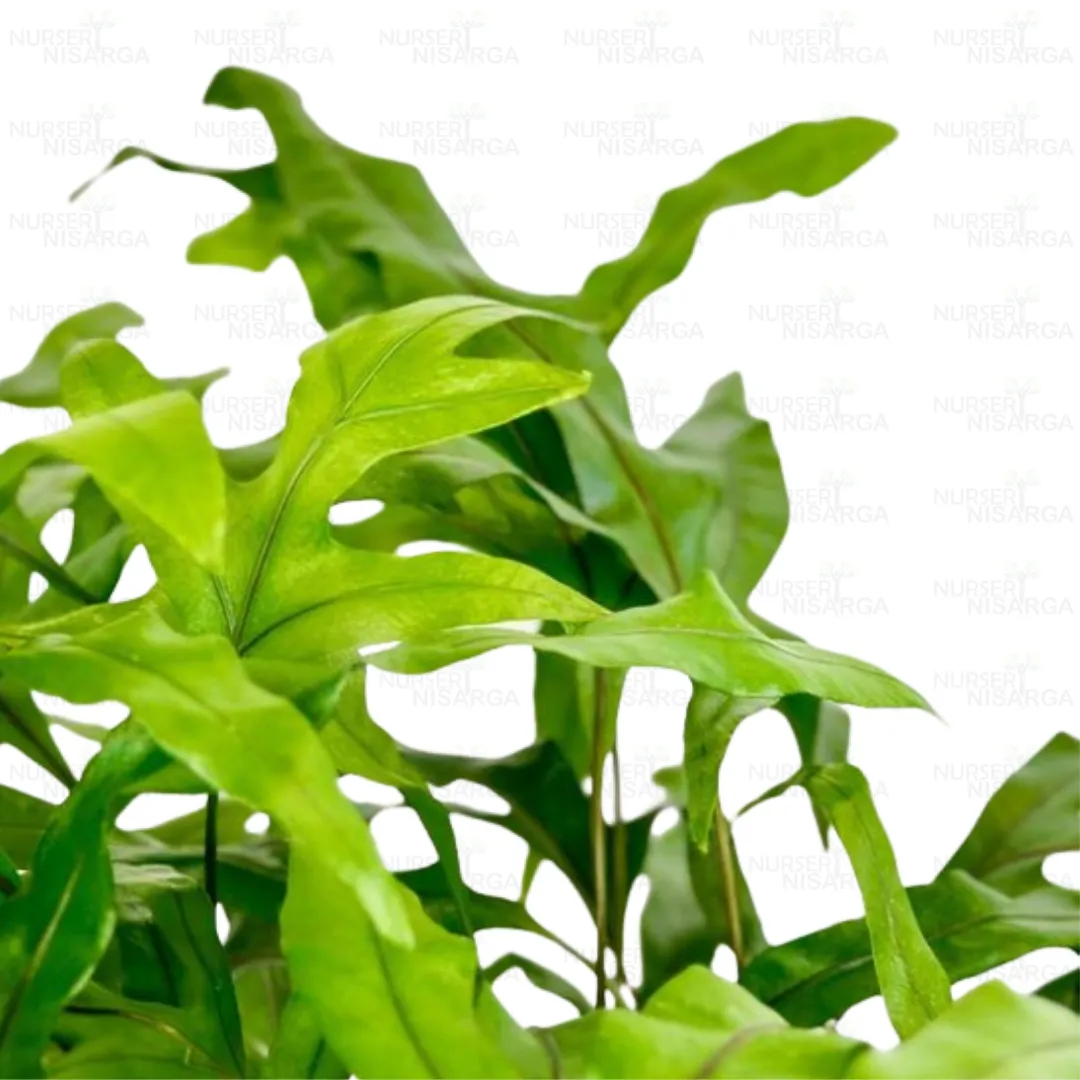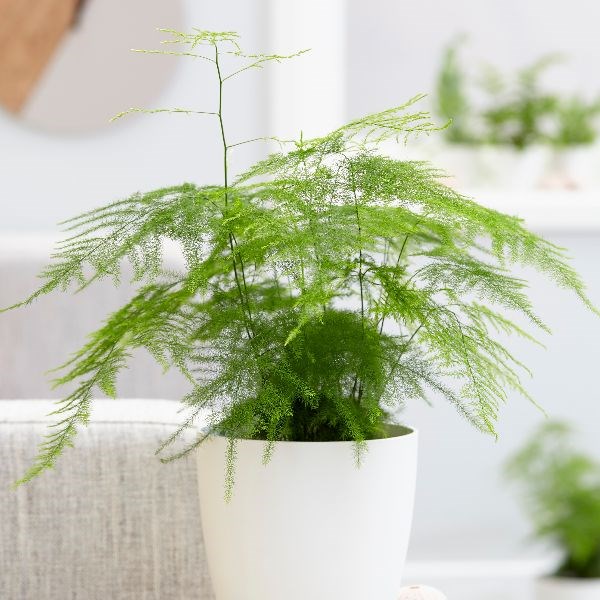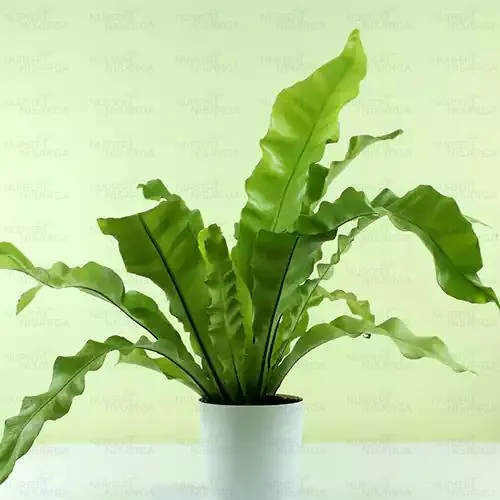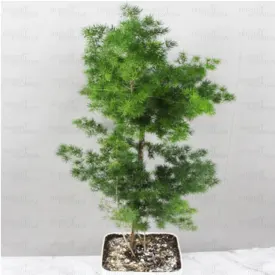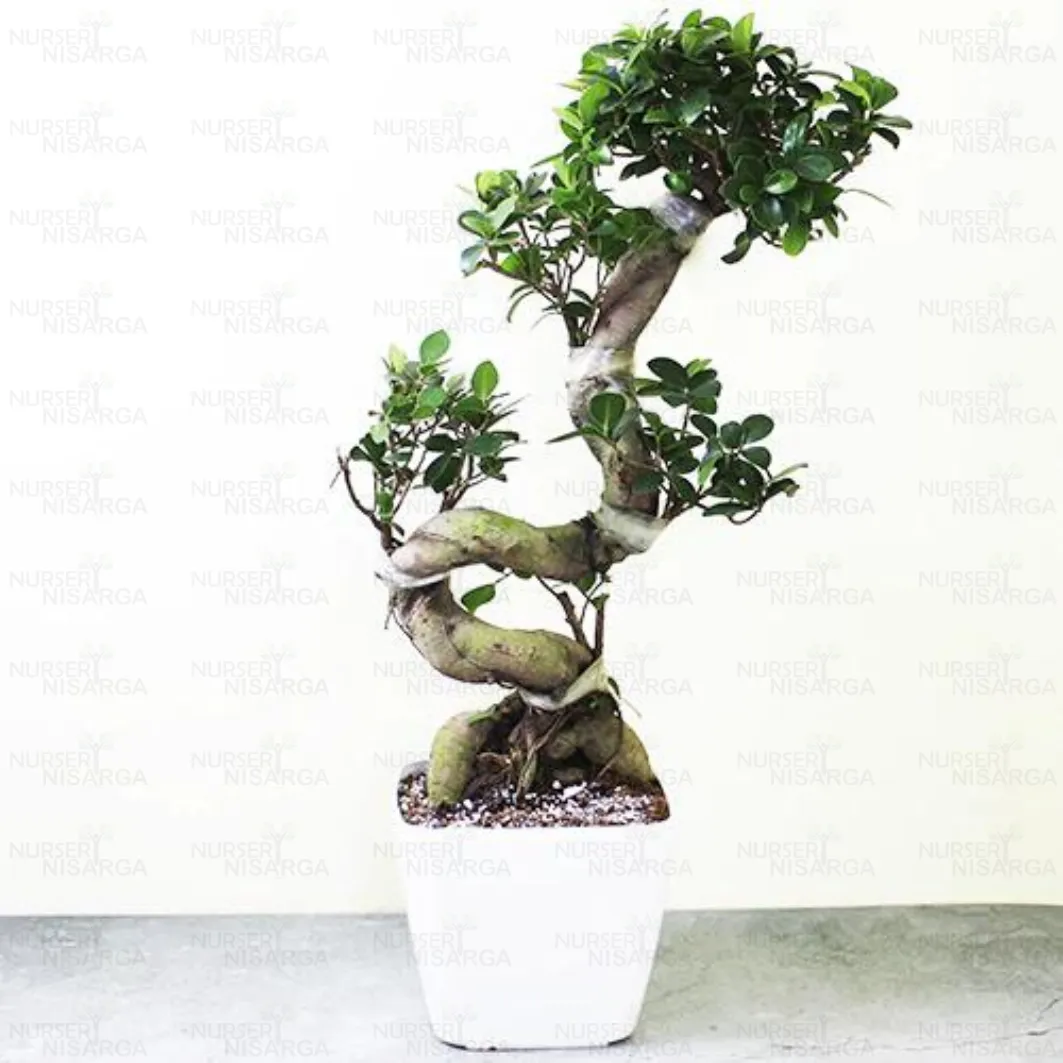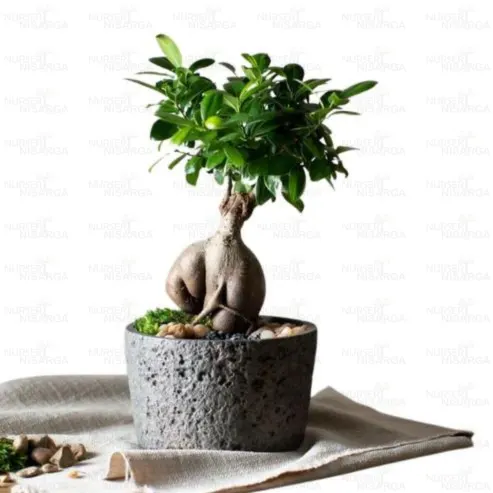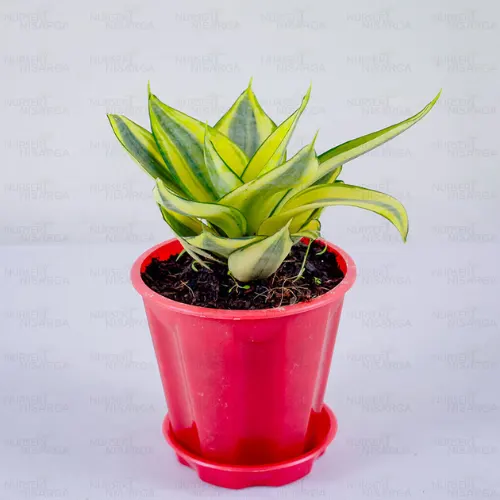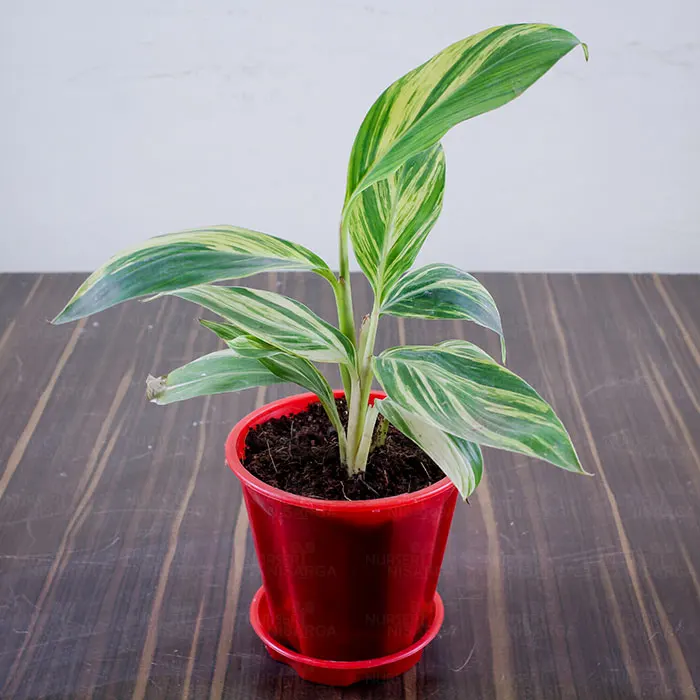Description
Kangaroo Paw Fern
- Botanical Name: Microsorum diversifolium.
- Common Name: Kangaroo paw fern, Kangaroo foot fern.
- Plant Type: Epiphytic rhizomatous fern.
- Mature Size: 12 inches tall and up to four feet wide.
- Sun Exposure: Medium to bright indirect light.
- Soil Type: Moist, well-draining potting mix.
- Soil pH: 5.6 to 6.0.
- Toxicity: Non-toxic.
Kangaroo paw ferns (Microsorumdiversifolium) are easy to grow, but they do require to be protected and pampered. If taken care of, they beautify the indoor garden with lush greenery all the year-round. The scientific name refers to the different leaf systems on the plant. Some leaves are full, while adult leaves have deep indentations. Kangaroo fern care takes its cues from the native range of the plant, where it is a feature of the Canberra region, growing in sunny places near rocky outcrops.
Ferns are some of the prettiest, most elegant houseplants out there, but they can be a bit finicky to grow. If you love the look of ferns but have trouble keeping them happy, it might be time to try growing a kangaroo paw fern. These lush plants are relatively adaptable and forgiving compared to other fern varieties, and they have no known toxicity to humans or pets.
This native of Australia and New Zealand is so named because its mature leaves resemble the shape of a kangaroo’s foot. These bright green, shiny-textured leaves on long, thin stems will grow thick and full with proper care and the right growing conditions.
Care Tips for Kangaroo Paw Fern
Water kangaroo fern regularly In winter, the plant is not actively growing and watering should be reduced to half. Rainwater or distilled water will improve plant performance. Fertilize once every three weeks with good soluble plant food. Repot plants that have become overcrowded in early spring. An ideal mixture is a half potting soil and half peat moss. Divide the rhizomes, after digging the plant up, by cutting them apart with a good, sharp, sterile knife. Each new plant needs several healthy fronds and rhizomes. As young plants establish, keep them in low light and give just enough water to keep lightly moist. Once new roots have formed and a couple of new fronds are visible, resume normal care.
- Difficulty: Hard.
- Light: Bright Indirect light.
- Watering: Alternate days watering.
- Place: Bright indoors.
- Character: Air-purifying.
- Temperature: Average.
- Humidity: Above Average.
- Pet Friendly: Yes.

